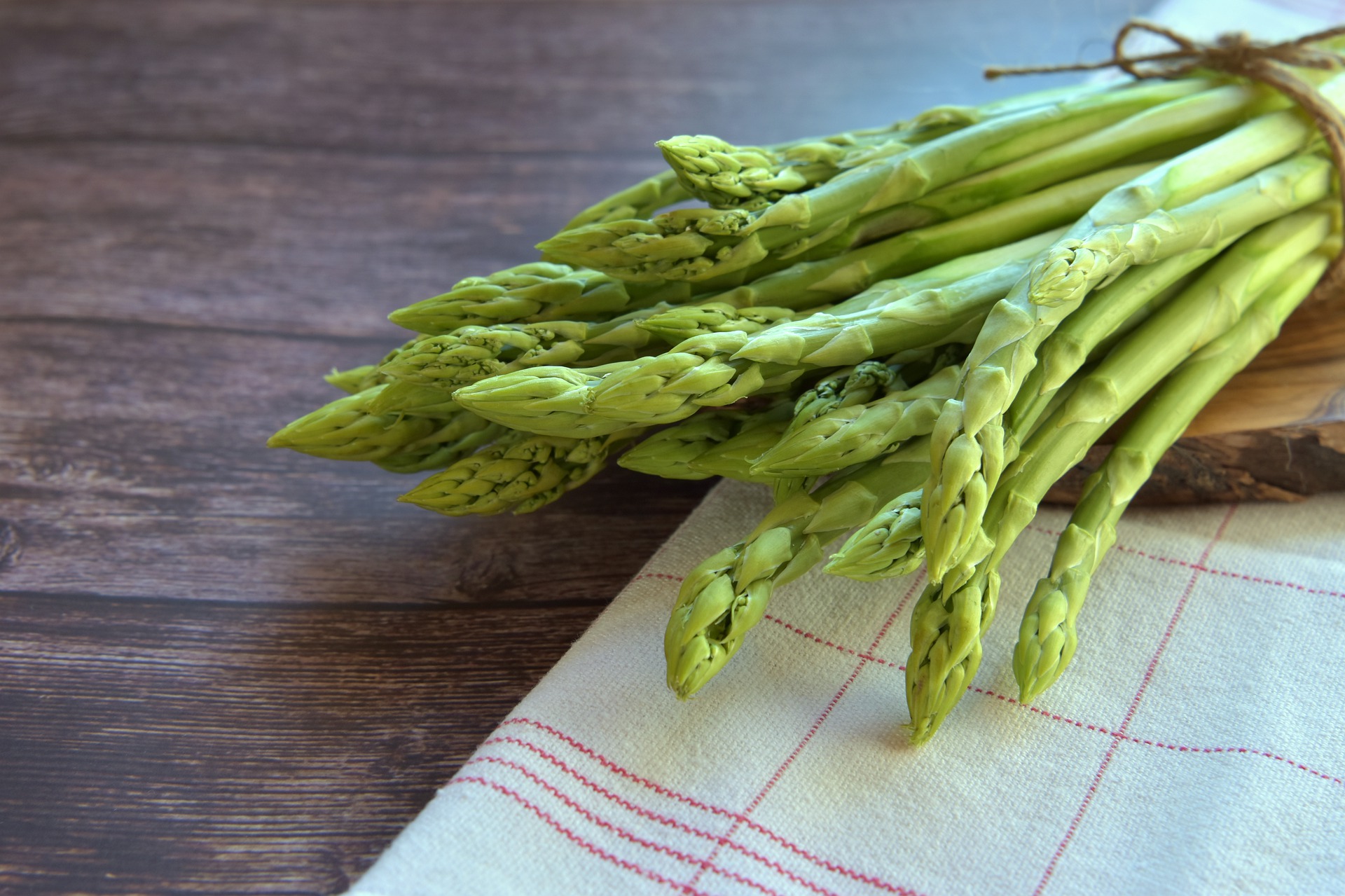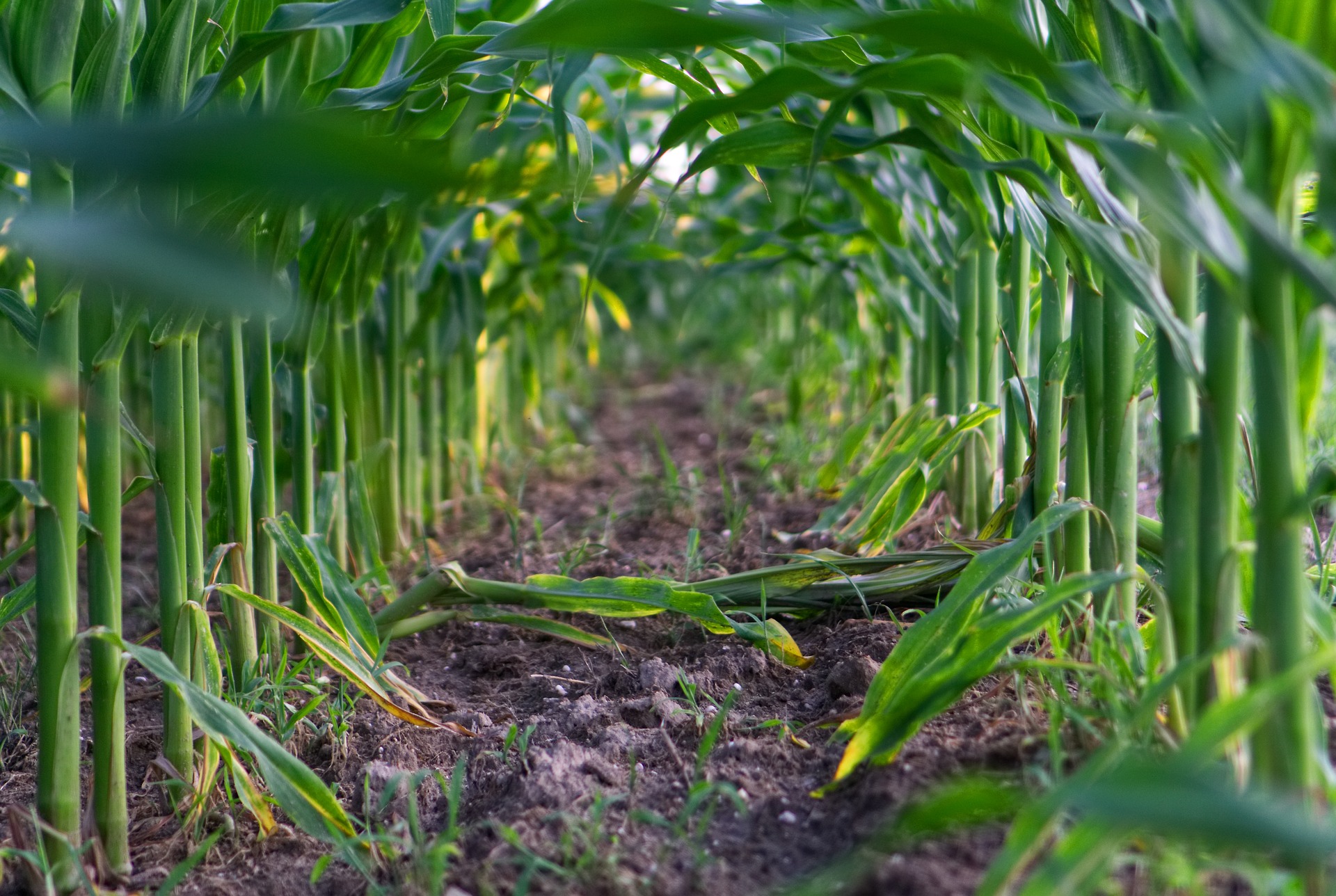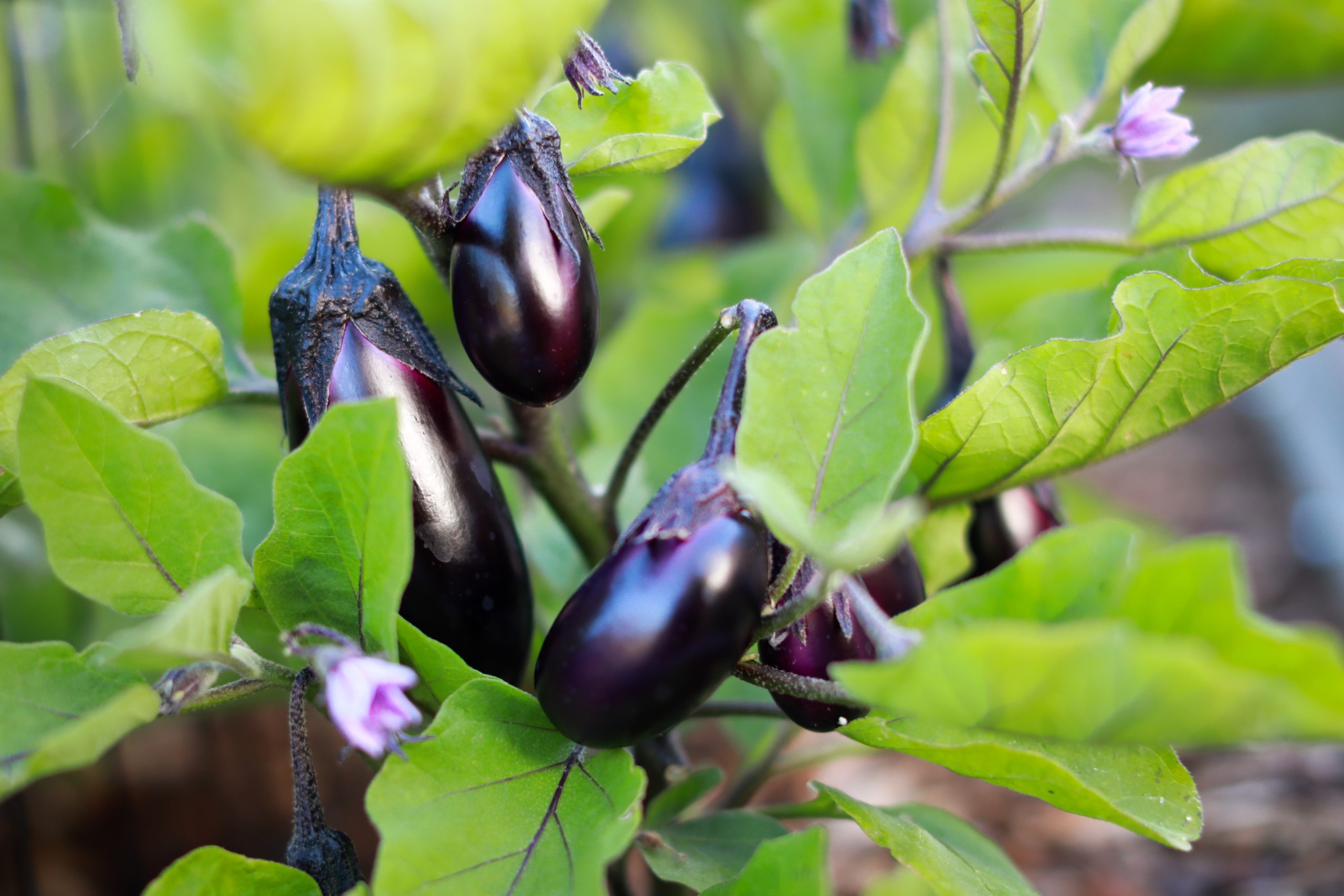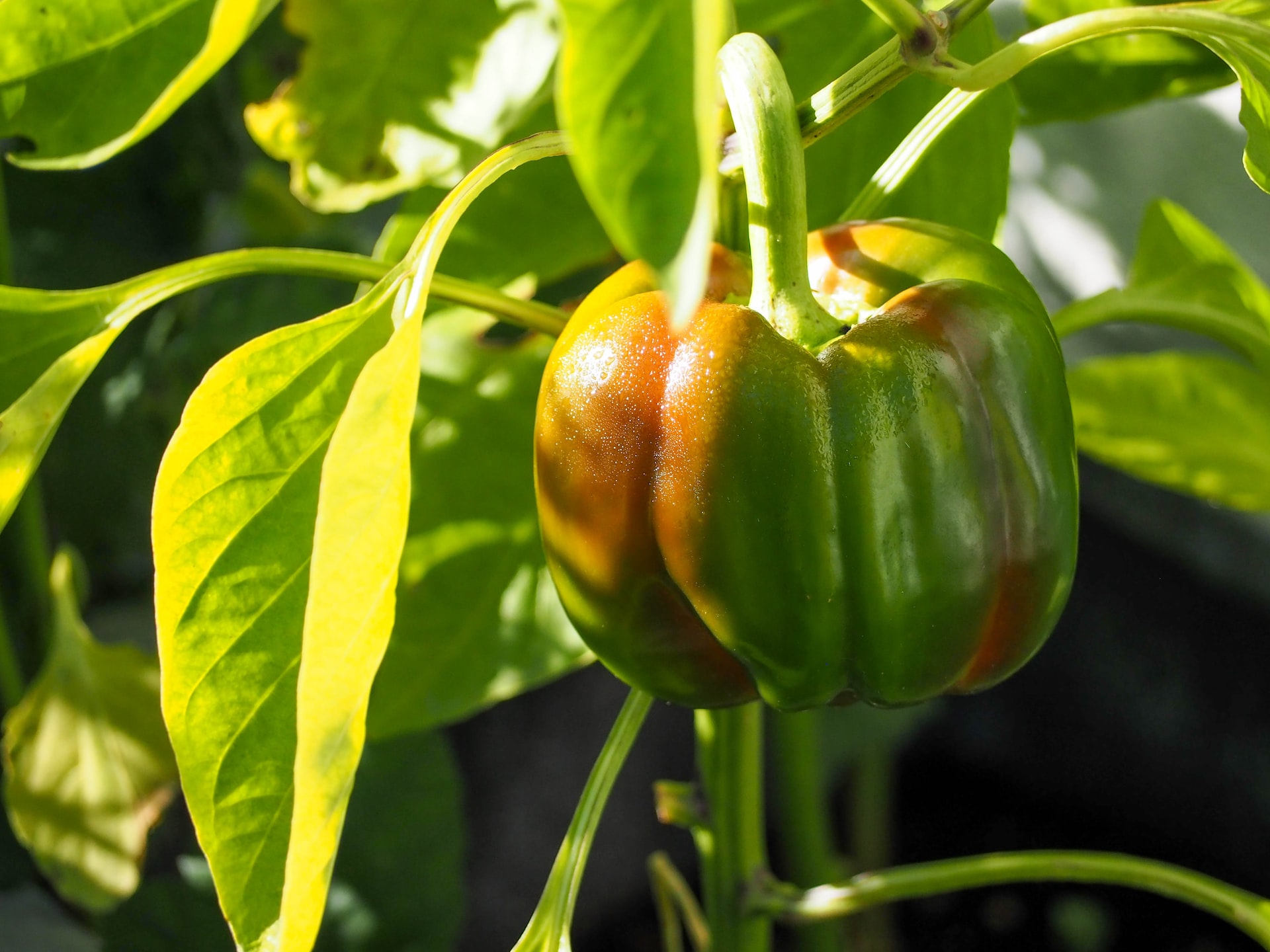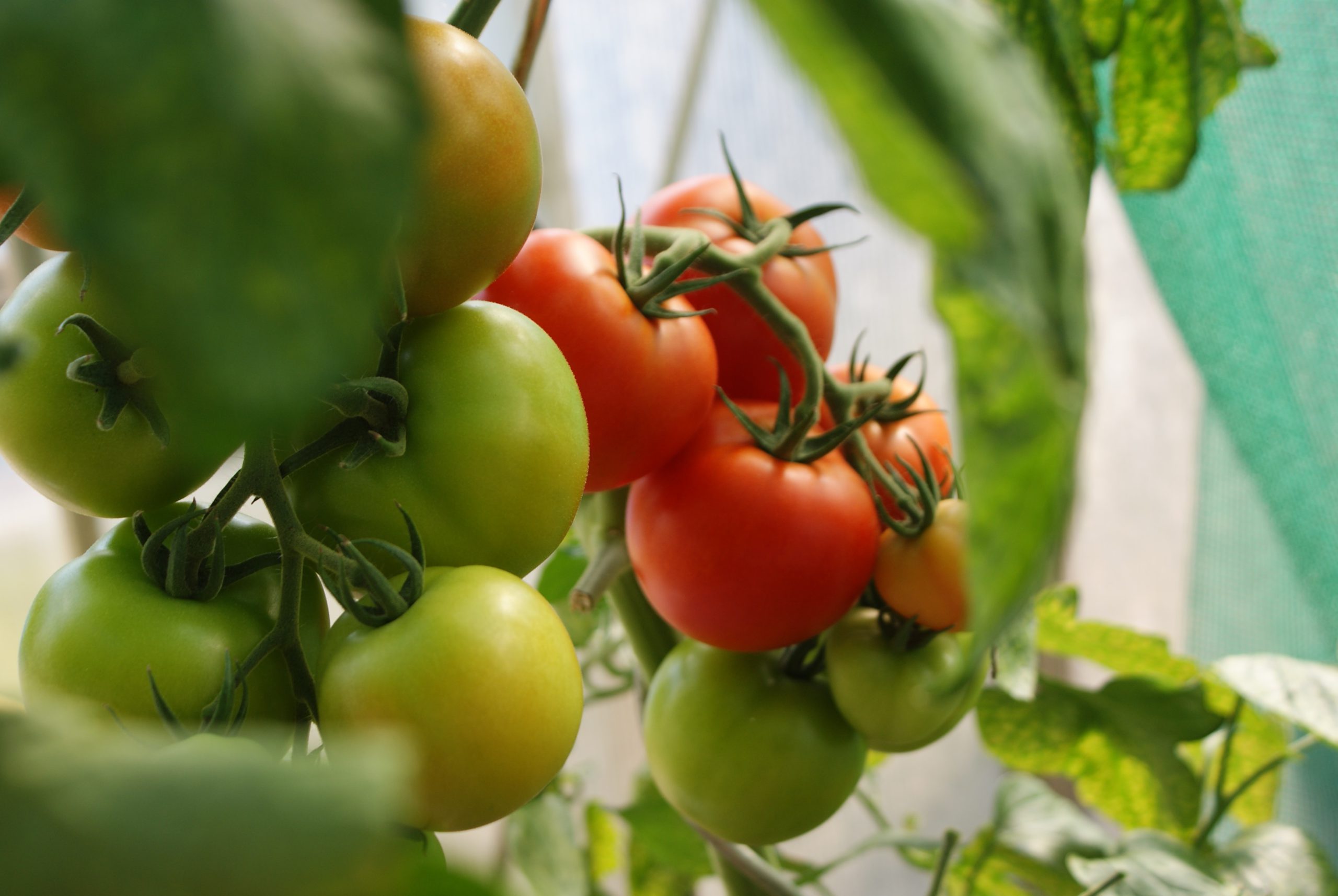Your cart is currently empty!

Breadfruit farming and Cultivation in India – Notes
- Widely popular crop in many countries including Hawai, Samoa, Tonga Tahiti and the phillipines and commercially cultivated too
- in India , A delicacy in coastal Karnataka and Kerala only
- Easy to grow, Significant Contribution to food securities in countries.
- Productive, Nutritions and a starchy staple crop
- Not a widely cultivated crop in India and consumed in very small pockets
- Potential for exports if good quality fruits are cultivated.
- Minimal Competition for the product locally and can be marketed as a healthy exotic product in Cities and towns
- A very good addition to agroforestry models
- Low maintenance but beneficial to the environment
- A tree can produce up to 100 fruits easily
- Breadfruits can be eaten at any stage. unripe fruits are used as vegetables and ripe ones can be used to bake or make jellies
- Pests and diseases include Fusarium, Phytophthora and fruit anthracnose. symptoms include to die back, root rot and fruit rot.
- Soil: Breadfruit loves sandy loam soil with good drainage. Though the fruit is not picky about soil conditions and can be seen growing well in saline. A ph of 6 and 7.5 is preferred. the plant likes a bit of alkaline soil. Rocky soil is not preferred.
- Planting: The tree prefers full sun but prefers shade when young. dig a hole 2 feet by 2 feet by 2 feet and fill it with organic matter, compost, manure and loose soil in equal quantities before planting. Mulch the area once it’s planted and water it thoroughly.
Plant Care
- Healthy trees grow vigorously and resist diseases
- Healthy trees can produce more quality fruits
- Good tree health will result in better quality and quantity of fruits
- Keeping the area clean and removing debris, and dried leaves will prevent most diseases.
- Cover crops can help prevent unwanted weeds
- Can be intercropped with citrus, Bananas, Taro vegetables and even coconut farms.
- Mulching and composting can help the tree grow better. Mulching and composting should be done at least once a year, preferably twice.
- Breadfruits trees require rich, nutrient soil, more than most other fruit crops.
- Hygiene is important for the tree. The area should be free from fallen fruits and leaves. stems.
Fertilizers
- Fertilizers should be added annually depending on the soil condition. Tissue testing of leaves can also help determine which nutrients the tree lack and farmers can supplement them accordingly.
- Balanced fertilizer application should be done before the fruiting season and post-pruning.
Pruning
- Pruning to a height of 4.5 – 5.5 meters ensures that the tree remains healthy and has a life of decades. This also ensures that it’s easy to harvest. Trees are known to go up to 15 metres in height and are often very hard to harvest.
- Pruning should be started from a very young age.
- Pruning should be done after the fruits are harvested
- Pruning the tree regularly once a year will ensure the tree is not too big to harvest and that no loss of fruits therefore
Propagation
- Propagation through seeds: Rarely done these days as most of the varieties of Breadfrult do not have any seeds.
- Root Shoots: Root shoots are plants which grow from exposed, injured roots of existing trees. These plants will have to be cut to prevent nutrition leeching from the parent tree. Fortunately, these plants can grow into full trees and have the same features as a parent. Transplanting the root shoots is one way to propagate new Breadfruit plants
- Root cuttings: Root cuttings which are 3-4 cm in diameter are cut out just after the harvesting season. The length of the root is 12-30 cm and should be scrubbed clean and planted on Well drained soil. place them horizontally and water them. regularly. Planting is best done during the onset of monsoons
- Air Layering: Relatively new concept where newly developed shoots 2-4 cm diameter are chosen from the parent plant and air layered to be later placed in the growing medium before transplanting a year later
- Grafting and Tissue culture are also practised but rarely in India.
Harvesting and Packaging
- Though Breadfruit can be consumed at any stage, the Indian market prefers mature fruits but not ripe
- immature fruits tend to last longer and have a good shelf life but lack the taste and flavour when cooked, giving it a bad rap among people who have tasted breadfruit for the first time
- Fruits once harvested should be nipped near the head and the sap has to be drained out for an hour before packaging
- Washing the fruits and drying them before packaging is preferred for better looks and a clean surface. Washing with ice-cold water for 15 minutes is known to prolong shelf life.
- harvesting should be done with net poles to ensure that the fruits don’t fall and get injured. Injured fruits have a shorter shelf life, usually less than 24 hours.
- Fruits without blemishes and those that don’t fall to the ground will have better shelf life and value.
- Good post-harvest and packing techniques ensure the fruit remains in good quality till it reaches the table
- Pack the fruits with newspaper and fill the gaps between the fruits with newspaper to separate them.
- Cold storage units can be used to store the breadfruit for a longer shelf life. A temperature between 12 to 14 degrees celsius is recommended. Fruits will have a storage life of 20 days in this condition.
Reference: https://hdoa.hawaii.gov/add/files/2014/05/Breadfruit_Production_Guide_web_edition.pdf
https://ntbg.org/breadfruit/about-breadfruit/
Recent Categories
Recent Posts
Post Archive
Category Tags
There’s no content to show here yet.

